
How To Grow Cayenne Long Slim Peppers
Here we look into how to grow cayenne long slim chilli peppers, the best ways to tend to them and keep them healthy, and what to do with them after harvest.
Growing chilli peppers is surprisingly easy, enjoyable throughout, and of course lands you with a haul of your very own hot peppers at harvest time.
Here we look at the cayenne long slim pepper, investigate its characteristics, how to grow it, and how to look after it. Finally, we’ll give you some long-term storage solutions that are delicious in their own right.
What is the cayenne long slim pepper?
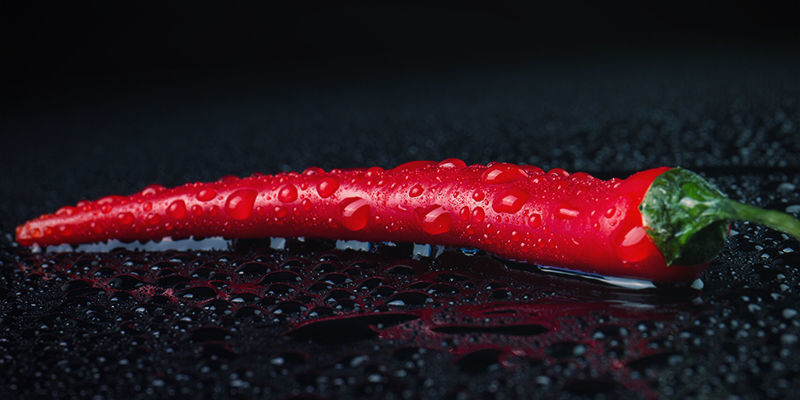
Cayenne long slim chilli peppers are of medium heat and fairly easy to cultivate. For those looking to get into hot pepper growing who aren’t hardened pepper-heads yet, cayenne long slims offer the perfect starting point. Spicy, but suitable for all manner of culinary use, they’re versatile and won’t scare your friends off!
What’s more, cayenne long slims are not only delicious, but come packed with nutrients, too. Full of provitamin A and vitamin C, they make a healthy addition to any meal. Moreover, they also contain capsaicin and flavonoids, which studies have indicated are good to consume, so you can enjoy your peppers in the knowledge that you’re doing yourself some good as well.
How hot is the cayenne long slim pepper?
Chilli peppers' heat is measured using the Scoville scale, measured in Scoville heat units (SHU). Invented by Wilbur Scoville, the method of measurement has now developed, but the name remains.
High-performance liquid chromatography is used to determine the concentration of capsaicinoids in a sample of chilli pepper, thereby revealing its spiciness and assigning it a score.
Cayenne long slim peppers land at around 30–50K SHU on the Scoville scale. These may seem like large numbers, but the highest ever recorded is a whopping 2.2 million SHU, courtesy of the Carolina Reaper.
How to grow cayenne long slim peppers
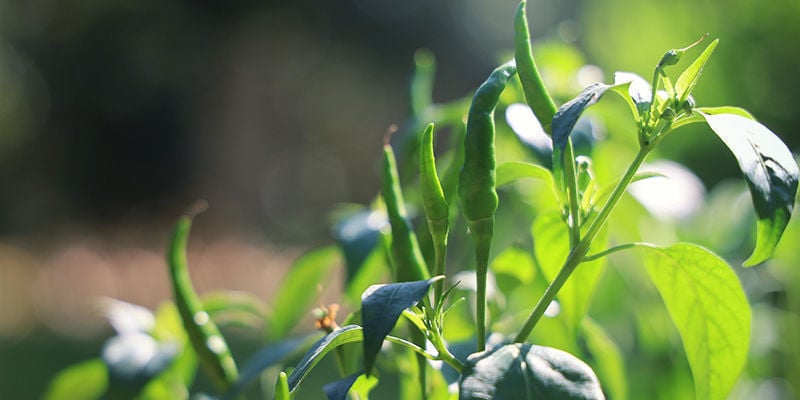
Now that you know a little about cayenne long slims, it’s time to find out how to grow them. Fortunately, growing hot peppers is simple and doesn’t require specialist equipment or knowledge. This article and a trip to the garden centre should get you everything you need!
Growing cayenne long slim peppers: equipment & supplies
Most of the things you need can actually be sourced right here, at Zamnesia. For anything else, anywhere that stocks gardening supplies will be sure to have all the things you need to get your chillies out of the ground and onto your plates!
You’ll need:
- Cayenne long slim seeds
- Organic compost
- Large pots: around 10 litres
- Fertiliser
- Calcium foliar spray
Growing cayenne long slim: steps
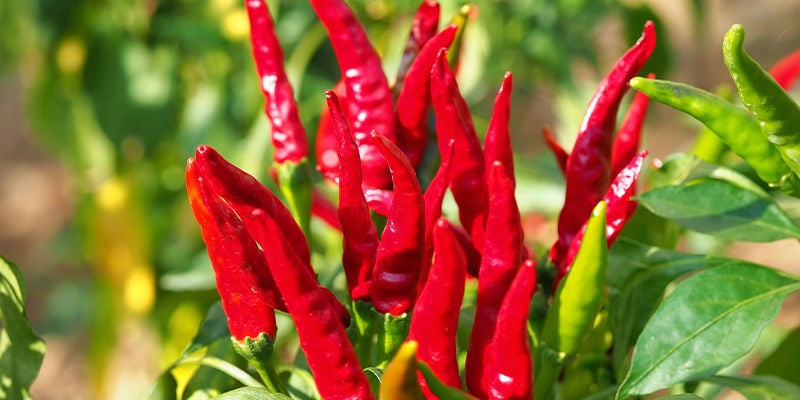
Now it’s time to plant your seeds and watch them flourish.
- Step 1: Germination
It’s possible to germinate your cayenne long slim seeds in germination trays and then transplant them at a later date to their final pots, but this is unnecessary. We recommend planting them directly into their final containers.
Make a small compression around a knuckle deep in the soil. Place the seed in it. Cover loosely with soil, then water. To keep a high humidity, stretch cling film over the top of the pot and poke a few holes in it for air exchange. Keep in a fairly warm environment—around 25–28°C is perfect—and wait.
- Step 2: Love and patience
Chillies can take between 3 days and a few weeks to germinate, so be prepared to wait a little. Once they sprout, remove the cling film and water when the surface of the soil feels dry. Using tomato feed, follow the manufacturer’s instructions, and always err on the side of caution. Underfeeding is much better than overfeeding.
Hot peppers like calcium, which will not be found in abundance in fertilisers. Consider administering extra calcium via a foliar spray during the crucial phase of fructification.
How to harvest cayenne long slim chilli peppers
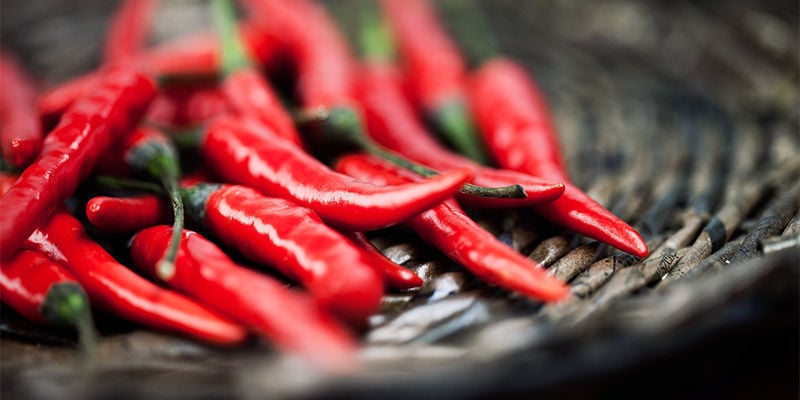
Cayenne long slims will take roughly 85 days from fruit set to reach harvest time. But you needn’t rely on guesswork. Chilli fruits are ripe once they’ve turned fully red, and giving them a few days extra won’t hurt.
What’s more, they come off the plant easily when they’re ready. Give them a little tug against the direction of growth and see how they come away. If they resist, leave them for a few more days. If they come away with ease, they’re obviously ready to harvest!
Pot size and nutrients will determine the final size of the plant, but a rough estimate should be something like a total height of 75cm with fruits around 12cm long. Once again, though, don’t be too exact with these numbers; rather, take your cues from the fruits themselves.
How to handle hot peppers
It’s no secret that chilli peppers are hot—that’s kind of the point. While it’s fine to handle one or two with bare hands, you can actually burn your skin with a lot of exposure to chillies. So when it comes to harvesting and handling your cayenne long slims, it’s worth wearing gloves to protect yourself. And make sure you take them off before touching your eyes!
Pests and diseases
Despite their spicy interiors, chilli peppers, like all of us, are susceptible to disease and pestilence.
Some of the major ones to be aware of are:
- Bacterial spot
- Bacterial soft rot
- Verticillium wilt
- Tobacco etch or tobacco mosaic viruses
- Damping off
- Anthracnose
- Powdery mildew
- Phytophthora blight
- Spider mites
- Pepper weevil
- Pepper maggots
A full guide to the treatment of these problems is worth a read. But generally, there are a few simple preventative steps we can take to avoid many of these issues.
Most pests and infections love wet conditions. While your plants also like to be hydrated, they can deal with drying off from time to time. Keeping the soil perpetually soaked is a sure way to create a hospitable environment for things you’d rather not home.
Also, try to keep your plants at a healthy distance from one another. The closer they are, the easier it is for pests or diseases to cross from one over to another.
How to store cayenne long slim berries
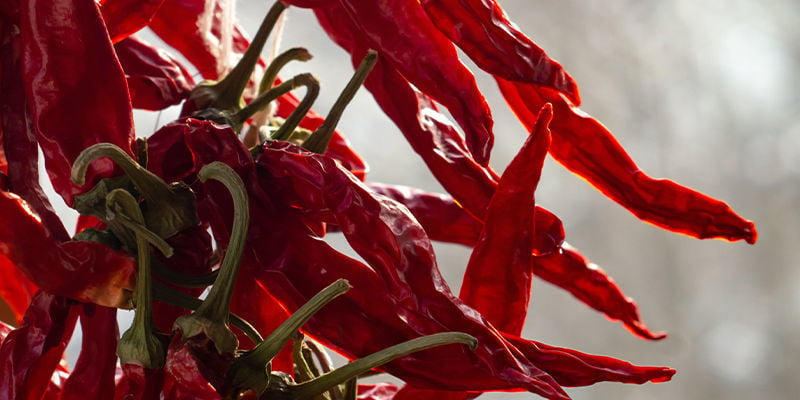
Once you’ve harvested your chillies, you won’t be the only one who wants to feast on them. Fresh chilli peppers make a tasty meal for many types of mould and bacteria, and will only last so long in the fridge. But you have other options.
Drying or smoking your hot peppers means you can store them indefinitely and add them as an ingredient to meals for years to come. There are many methods to dehydrate your chillies, with perhaps the easiest being a food dehydrator. But you can also smoke them to add a charred, woody flavour.
Pickling your chillies is also an option. By doing this, you not only preserve them, but create a unique ingredient for putting on burgers, sandwiches, nachos, and more. Pickling can range from simply storing them in plain vinegar to making a solution with all manner of delicious ingredients, thereby mixing up the flavours.
Finally, you could also make a hot sauce from your peppers. There are many recipes that will tell you how to do this, including our own. By making a hot pepper sauce, you’ll have immediate access to an ingredient that can spice up meals, sauces, and salsas!
Growing cayenne long slim chillies: Is it worth it?
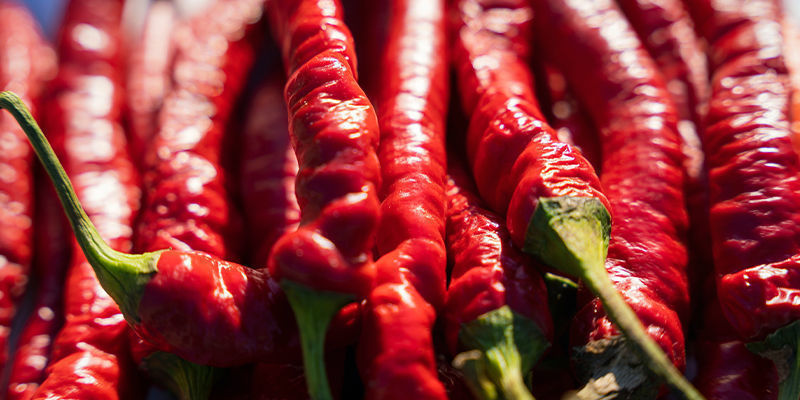
Absolutely!
Easy to grow and with highly rewarding results, both the process and final product are well worth your time. Requiring little in the way of equipment or commitment, a little love and effort can spice up your life and teach you many horticultural and culinary skills.
Due to their medium heat and versatility, cayenne long slims are an especially good place to start.
-
 8 min
March 18, 2022
How To Grow Hot Peppers Outdoors
There's nothing quite like having your own supply of spicy hot peppers. And while it may seem a daunting task to grow them outdoors, we're here to show that it's really not! All you need to do is...
8 min
March 18, 2022
How To Grow Hot Peppers Outdoors
There's nothing quite like having your own supply of spicy hot peppers. And while it may seem a daunting task to grow them outdoors, we're here to show that it's really not! All you need to do is...
-
 5 min
March 7, 2022
How To Fertilise Hot Pepper Plants
There is a fine art to providing your plants with all the nutrients they need. Here's a breakdown of why and how to use fertiliser to maximise the potential of your pepper plants. Trust us; your...
5 min
March 7, 2022
How To Fertilise Hot Pepper Plants
There is a fine art to providing your plants with all the nutrients they need. Here's a breakdown of why and how to use fertiliser to maximise the potential of your pepper plants. Trust us; your...
-
 7 min
March 4, 2022
How To Grow Hot Peppers Indoors
Growing chillies might seem like a complicated task, but we're here to tell you that it really needn't be. Even if you don't have an adequate space outside to grow them, you can produce some...
7 min
March 4, 2022
How To Grow Hot Peppers Indoors
Growing chillies might seem like a complicated task, but we're here to tell you that it really needn't be. Even if you don't have an adequate space outside to grow them, you can produce some...
-
 6 min
January 28, 2022
The Most Common Chili Pepper Pests & Diseases
Cultivating chili pepper plants is not just about watering and feeding them; you must be prepared to tend to them when they're sick too! This guide will help you identify and treat the most common...
6 min
January 28, 2022
The Most Common Chili Pepper Pests & Diseases
Cultivating chili pepper plants is not just about watering and feeding them; you must be prepared to tend to them when they're sick too! This guide will help you identify and treat the most common...











 United States
United States








